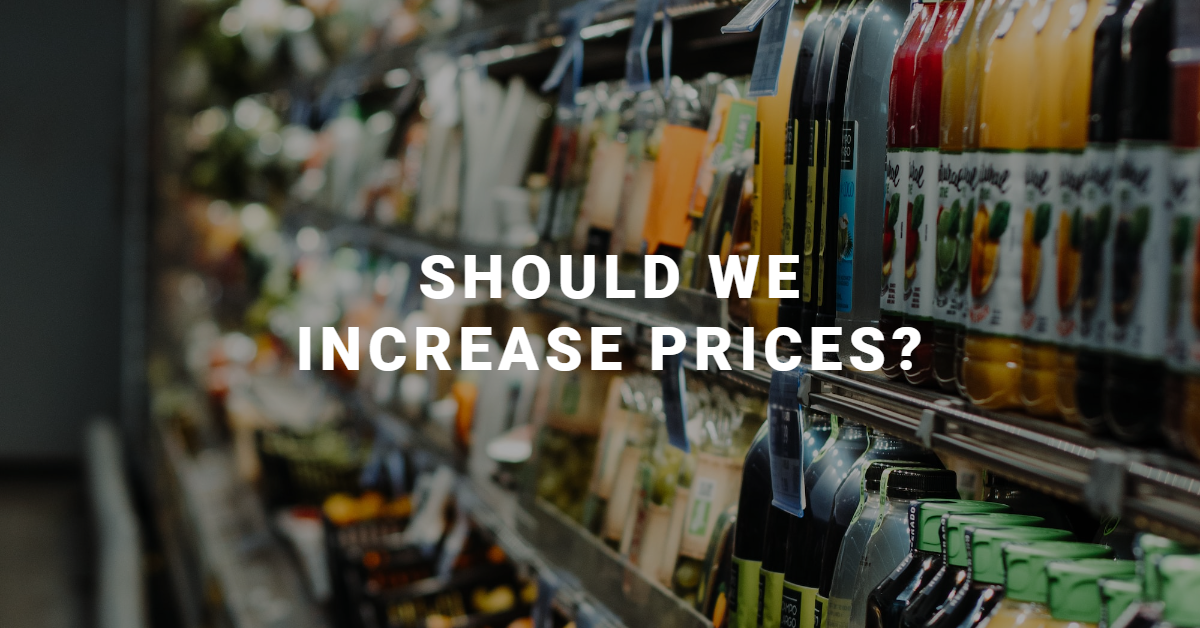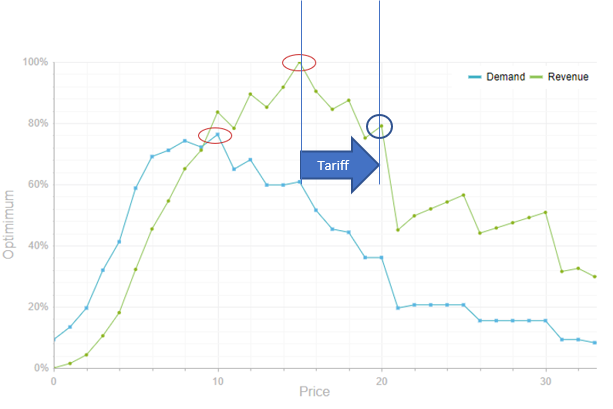
PriceBeam's Blog: The Art of Price Optimization: Strategies to Boost Revenue and Stay Competitive
Posts by Tag
- Pricing (87)
- willingness to pay (42)
- pricing books (41)
- Pricing Strategy (36)
- price research (33)
- pricing research (21)
- Marketing (20)
- value-based pricing (19)
- price increase (15)
- Pricing Psychology (14)
- Revenue Growth (14)
- market research (12)
- Value Proposition (11)
- new product pricing (11)
- globalization (10)
- price communication (10)
- price positioning (10)
- rgm (9)
- dynamic pricing (8)
- international prices (8)
- price optimization (8)
- Discounting (7)
- conjoint analysis (7)
- international pricing (7)
- segmentation (7)
- tariffs (7)
- Pricing Analytics (6)
- fmcg (6)
- PriceBeam (5)
- Profit (5)
- value communication (5)
- assortment optimization (4)
- inflation (4)
- innovation (4)
- PriceBeam Updates (3)
- choice-based conjoint (3)
- cpg (3)
- promotional pricing (3)
- teaching pricing (3)
- webinar (3)
- PriceBeam partners (2)
- branding (2)
- competitors (2)
- digitalization (2)
- ecommerce (2)
- global pricing study (2)
- price setting (2)
- revenue management (2)
- start-up (2)
- Article Series 1: Using WTP for Price Optimization (1)
- Artificial Intelligence (1)
- Events & Presentations (1)
- PPA (1)
- Pay-What-You-Want-Pricing (1)
- Price discrimination (1)
- Test-Driven Price Optimization (TDPO) (1)
- automotive (1)
- brexit (1)
- competitor based pricing (1)
- crisis management (1)
- fixed pricing (1)
- hierarchical bayes (1)
- lifecycle pricing (1)
- maxdiff (1)
- menu-based conjoint (1)
- mergers & acquisitions (1)
- negotiation (1)
- organization (1)
- penetration pricing (1)
- price differentiation (1)
- price war (1)
- pricing models (1)
- product lifecycle (1)
- ranking analysis (1)
- revenue optimisation (1)
- sales effectiveness (1)
- sales team (1)
- scale-up (1)
- teaching (1)
- venture capital (1)
- wtp (1)
.png?width=400&height=100&name=PBLogoTransparent%20(1).png)














